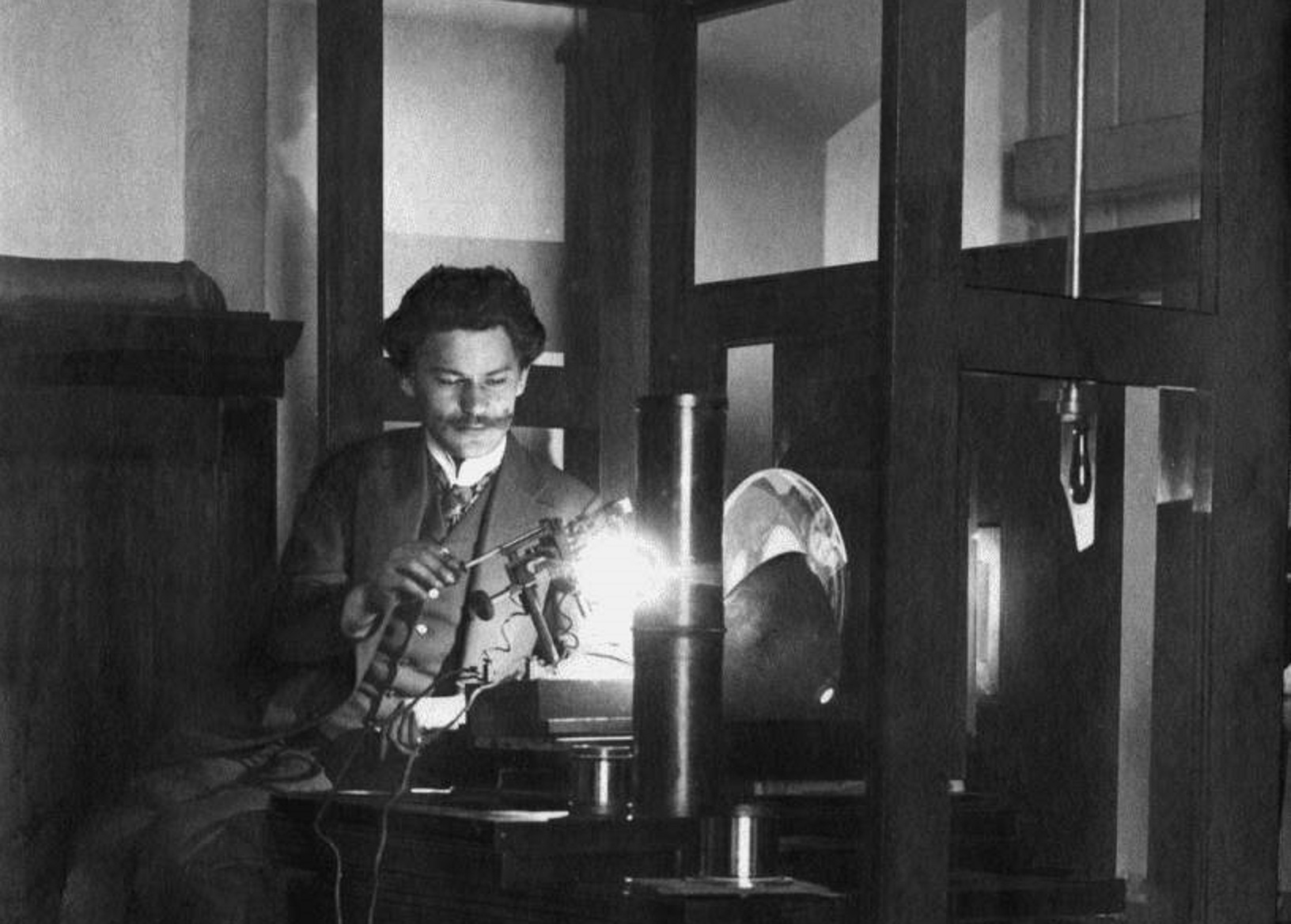The Sikorski-Maisky Agreement, concluded at the end of July 1941 between the USSR ambassador and the Prime Minister of the Polish Government-in-Exile, provided an opportunity to free hundreds of thousands of Polish citizens from labor camps and prisons, enabled the establishment of Polish armed forces in the USSR, and strengthened the anti-Hitler coalition. At the same time, however, it signalled the beginning of a free fall for Poland as Moscow would subsequently annex nearly half of the territory of pre-war Poland, establish a fully satellite government in Poland, and force tens of thousands of Poles to remain in Western Europe as emigres or stay within the borders of the USSR.
by Wojciech Stanisławski
The agreement signed between the two governments was not a mere strengthening of relations or the development of military cooperation in the face of a common threat. After its invasion by the Nazi Third Reich, Moscow concluded over a dozen agreements of such kind, a move particularly endorsed by Great Britain. For London, the creation of an anti-Hitler coalition – broad and possibly capable of coordinated military action – was at the time a matter of state. Under its patronage, for example, the Soviet-Czechoslovak agreement was concluded on 18 July 1941. London also entered into a relevant alliance (extended a year later by political and economic provisions) on 12 July 1941, less than three weeks after the outbreak of the German-Soviet war.

In the case of the Polish Republic, however, the initial situation was more complicated. In this case, it was about restoring and regulating inter-state relations after the Soviet side broke the terms of the Soviet-Polish Non Aggression pact of 1932 [with its actions] in September 1939. For at that time, the USSR attacked, under agreement with Berlin, the Polish army, annexed a significant part of pre-war Poland and unlawfully imposed Soviet citizenship on their inhabitants. At that time, Polish citizens were subjected to a whole range of repressions, from rapes and murders when the Red Army entered the eastern lands of the Republic of Poland, through to imposing sentences or out-of-court imprisonment on tens of thousands of people, and the expulsion and exile of hundreds of thousands to labor camps. Also at the time the agreement was concluded, the fate of over 20,000 Polish officers who had been taken prisoner and murdered by the NKVD in the spring of 1940, was still unknown.
Therefore, it is impossible to discuss the origin of the July 1941 agreement without recalling four other legal acts from more than a year and a half earlier. Chronologically, the first of them was the Treaty of Non-Aggression Agreement between the Third Reich and the USSR (the so-called Molotov-Ribbentrop Pact) on 23 August 1939. Formally, it was a non-aggression pact between the two countries. Several issues were specified in a secret protocol: the range of influence in Central Europe and detailed issues regarding the partition of the territories of Lithuania, Latvia, Estonia, Poland and Romania.
These provisions were confirmed (and slightly modified) a month later, after the Polish territory was occupied by armies from both sides. The “German-Soviet Boundary and Friendship Treaty” was signed on 28 September 1939. It assumed, among other conclusions, Moscow’s withdrawal from the Lublin region and the eastern part of the Mazovia region in exchange for Germany’s consent to submit Lithuania to the Soviet sphere of influence. The documents were supplemented by a note, handed over to the Polish ambassador in Moscow, Wacław Grzybowski, on the morning of 17 September 1939, saying: “The Polish government collapsed and shows no signs of life. This means that the Polish state and its government have actually ceased to exist. As a result, the treaties concluded between the USSR and Poland are no longer valid.”

An hour later, the Red Army attacked Poland along two fronts on the eastern border. Divisions of the Border Protection Corps and a number of units of the Polish Army put up resistance. The government, which was evacuating did not decide to declare war on the USSR. Over the following months, the Soviet Union was treated as a de facto enemy – equal to the policy of the Soviet authorities towards Polish citizens, as well as Poland’s local authorities, captured soldiers and police officers, and cultural heritage. On the other hand, the Polish authorities in exile were ready for the Polish military to take part, together with British and French forces, in supporting Finland which was under attack by the Soviets in the winter of 1939.
Equally important for understanding the diplomatic scene was the document signed following the “Molotov-Ribbentrop Pact”. A secret protocol to the Anglo–Polish Pact of Mutual Assistance and specifically point 3, which stated that “Obligations (… ), if they were to be concluded by one of the contracting parties with third countries, would necessarily have to be included in such a way that their execution could never violate the sovereignty or territorial integrity of the other contracting party.” If we translate the diplomatic language to colloquial terms, this meant that neither London nor Warsaw, when concluding an agreement with any third country (including the USSR), would be able to accept any territorial or other changes in the parties to the original agreement.
The dilemma that both London and Warsaw faced was mutually understandable (though never mentioned in official documents). Their interests were not in line with one another: for the United Kingdom, acquiring an ally of the rank and potential of the Soviet Union (especially in view of the USSR’s military collapse or the conclusion of another Moscow-Berlin agreement) and reconciling the two sides of the coalition was far more important than concern for the territorial integrity of the Polish Republic. Both the history of Russian expansion to the lands of the Polish Republic in modern times and the significance of the lands occupied by the USSR after 17 September for Polish culture and identity, were by no means known in detail to the British political elite. To make matters worse, there was a precedent in the form of the “Curzon Line” that had been created during the Polish-Bolshevik war. It was a proposal for a line of demarcation between the Polish and Soviet armies, and was described in a note of 11 July 1920 that was issued by the British Foreign Minister George Curzon to the Soviet authorities. The line defining the boundaries of “Ethnographic Poland” demarcated on the basis of partial ethnographic data, in the face of aggression and without determining the future fate of the disputed territory did not enter into force in 1920. However, it remained in diplomatic annals.

Despite these dramatic circumstances, in the summer of 1941 the necessity of building an anti-Hitler coalition was also undisputed by the Polish side. The creation of extensive, separate Polish armed forces located in the USSR would have great military significance, and would also translate into the prestige and political rank of Poland as a real ally. It was of great importance to improve the fate of Polish citizens subjected to Soviet repression, of which, at least in general terms, London was aware. The possibility of getting them released from prisons and labor camps, as well as providing material, medical and spiritual help was a very serious driver for settling relations with Moscow as soon as possible.
However, did this mean that surrendering the lands belonging to Poland before September 17, 1939 was acceptable? Nobody thought about any surrender at that time: however, Polish political elites in exile were divided on that matter. To a large extent, this division had its sources in the pre-war, long-standing conflict between Józef Piłsudski’s associates and political successors, referred to as the Sanacja, and opposing groups of nationalists, the Christian Democrats, liberals and socialists. Equally important, however, was the attitude towards the Soviet Union. Some Polish politicians treated the Kremlin with extreme distrust, while others were ready to take its declarations at face value. In July 1941, both of these divisions led to the political configurations of “Polish London.” Prime Minister Władysław Sikorski and his direct political support maintained a clear distance from the “Sanacja” and its political legacy; they were also more open to talks with Moscow. On the other hand, distance from the Soviets was favored by Piłsudski’s former associates or officials and military men in governments favorable to him. This included President of the Republic of Poland in Exile Władysław Raczkiewicz, head of diplomacy August Zaleski or Kazimierz Sosnkowski, the minister without portfolio, who at the time was in charge of underground military structures in occupied Poland.
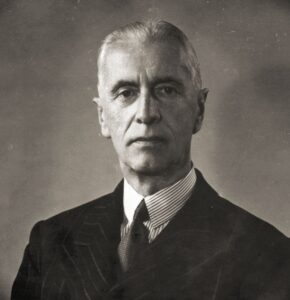
On 22 June 1941, they were all confronted with the new political reality. At dawn that day, the Third Reich attacked the USSR, and in the evening Prime Minister Winston Churchill gave a speech in which he declared close cooperation with the Soviet Union and announced an “appeal to all our friends and Allies in every part of the world to take the same course.” Government and presidential annals confirm that the first British suggestions for the Polish authorities to start talks with the Soviet side appeared on 22 June. In the meantime, the government issued only “Instructions for diplomatic missions” which emphasized the need for “maintaining equal distance to both occupiers and yesterday’s allies.” Similar, though full of hope of “returning to the Riga Treaty,” was Sikorski’s radio appearance on BBC several days later.
In the absence of diplomatic channels between the authorities of the Republic of Poland and the USSR, it was easy for the British side to take care of contact and talks. There were already signals at the end of June from the Polish journalist Stefan Litauer who was active in London, but maintained good relations with the Soviet side. On 1 July 1941, Moscow sent to its ambassador Ivan Maisky the official instruction of potential negotiations.
The document, which was presented by Maisky to the chief of British diplomacy Anthony Eden, who, in turn, showed it to Sikorski, did not offer much. The possibility (a very vague one) of the establishment of “Poland within ethnographic borders” after the war and the establishment of a Polish “national committee” in Moscow, responsible for the creation of armed forces made up of released prisoners of war, whose number was grotesquely lowered to 20,000 people. The day after, Prime Minister Sikorski submitted to Eden a note in which, as sine qua non conditions for starting talks: he demanded the annulment of the Soviet-German treaties of autumn 1939, the restoration of all Polish-Soviet agreements and arrangements prior to 1 September 1939, the return of goods robbed from Poland and the release of all Polish prisoners of war, prisoners and interned.
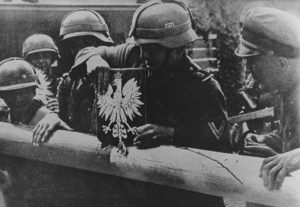
It is worth mentioning these attitudes, because they show both the initial divergence and the acts of compromise. From the beginning, British diplomacy suggested “first of all, to start negotiations,” without attaching too much importance to the shape of Soviet proposals and not treating legal and treaty issues too “formalistically.” Sikorski – under the pressure of these arguments, the desire to satisfy his British ally, and, finally, the concern of not losing the chance to save hundreds of thousands of Polish citizens in Soviet captivity – gradually acknowledged these reasons.
Particularly important was his readiness to avoid the term “Riga Treaty” (i.e. the peace agreement between the Republic of Poland and the USSR of March 1921, also specifying the course of the border) as “unpopular” in Great Britain and not accepted by Moscow. Both Polish and British spokesmen for dialogue suggested to Sikorski that Moscow’s recognition of the agreements with Berlin of autumn 1939 as invalid or unimportant would thus mean the restoration of the 1921 border. However, that was not the case. This is proved not only by the later course of events, but also by the logic of the treatise itself. As one of the most eminent Polish historical journalists, Stanisław Cat-Mackiewicz, harshly noted, “on 29 August 1918, the Soviet government also annulled all the agreements concluded by the Russian Empire with the Prussian kingdom and the Austro-Hungarian Empire regarding the partitions of Poland – which did not, however, make the Soviet government recognize Poland’s border demarcation East of Vitebsk, Mogilev, Bila Tserkva and Humania, as before 1772…”
And so it was. Moscow was willing to annul the agreements with Berlin, but it did not cancel in any way other seminal decisions of autumn 1939. First of all, it concerns arranging (in an atmosphere of terror and under the strict supervision of the NKVD) the so-called “Elections to the People’s Assemblies of Western Ukraine and Western Belarus”, adopting these formations to the Ukrainian and Belarusian Soviet Republic at the beginning of November 1939, and at the end of November – forcibly imposing Soviet citizenship on all inhabitants of these lands. Berlin only agreed not to address these issues in the proposed agreement, making its shape more acceptable to the Polish side.
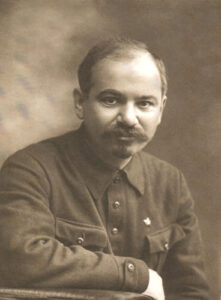
The first round of direct negotiations took place on 5 July in London – and then already Maisky’s uncompromising nature (“Moscow will not recognize the Eastern border of Poland from before September”) as well as Sikorski’s readiness to interpret the provisions of the treaty in the most favorable way possible for Poland (annulation of the treaties between the USSR and Germany meant as a return to the status quo ante) has been shown. Four points: the resumption of diplomatic relations, joint struggle against Germany, the release of Polish prisoners of war and the creation of a separate Polish army – seemed indisputable. On the issue of borders, they reached a deadlock on 11 July. Maisky emphasized that he was ready to recognize Poland only within ethnographic boundaries, and he only sweetened this by a readiness to “not mention this principle in the agreement”. Sikorski equally strongly demanded the reconstruction of pre-September borders.
British diplomacy proposed to negotiate a compromise formula – and direct contact between Polish and Soviet diplomats was broken. Instead, there was a growing division in the Polish milieu into politicians who trusted in the almost magical consequences of the denunciation of the Molotov-Ribbentrop Pact – and those who, taking Maisky’s position seriously, saw it as a threat to Polish sovereignty. Both Zaleski and Sikorski in projects submitted to the British side and during internal meetings emphasized the need for Moscow to recognize the validity of the status of its relations from July 1939. However, the British side insisted on speeding things up and not raising the issue of “basically no significance at the moment.” From London’s point of view, this seemed to make sense: Wehrmacht troops were already gaining control over Smolensk and approaching Kiev at that time, the idea to talk about the borders from 20 years ago seemed awkward. At the same time, the lack of Polish agreement on a compromise with Moscow could strengthen in the United Kingdom the milieu that was reluctant to such intimacy with the USSR.
On 19 July, Sikorski agreed to limit the first point of the planned agreement to the formula saying that Moscow declared the agreements with Berlin regarding the fate of Poland invalid. “Nothing more can be achieved,” he was to say to the Polish Council of Ministers, reporting on talks with Eden and the pressure he was exerting. What is more, a week later, the head of British diplomacy announced that Poland’s withdrawal from signing the planned agreement with the USSR would “undermine Poland’s position in the Anglo-Saxon world”.
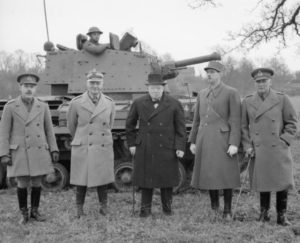
In a feverish atmosphere, there was a split among the Polish leadership elite: three of Sikorski’s cabinet ministers resigned, President of the Republic of Poland Władysław Raczkiewicz refused to grant power of attorney to sign the agreement with the USSR (which meant that the agreement was burdened with a significant legal flaw), a dozen or so deputies left the National Council which substituted for the exile parliament. The :amnesty: formula imposed on prisoners of war and prisoners imposed by Soviet diplomacy, despite the fact that they did not commit any crime, added a sour note to the proceedings. Ultimately, however, the agreement was signed in the afternoon on 30 July 1941.
From the very beginning, the Soviet side left no doubts about the actual sense of the agreement. On 3 August 1941, the Moscow daily “Izvestia” emphasized that “the matter of Poland’s eastern borders remains open” and the Treaty of Riga is not valid. Already on 1 December, the Soviet authorities in a note addressed to the (opened in the meantime) Polish embassy in the USSR stated that “all citizens of the Western Ukrainian and Belarusian regions of the USSR who were in this territory on 1-2 November 1939 (…) acquired in accordance with the Act on Citizenship of the USSR, citizenship of this country.” Initially, this formula was used by Moscow to prevent the recruitment of Polish citizens of the Jewish, Ukrainian or Belarusian nationality to the Polish Army in the USSR, and gaining time – to dismantle the apparatus to help Polish citizens and prevent them from leaving the Soviet Union.

Going further, the Sikorski-Maisky agreement according to its final form, freed London from responsibility for the 3rd point of the secret protocol of August 25, 1939, which constituted a kind of British guarantee of the inviolability of Poland’s borders. Since the Polish side agreed to set the borders as open… “We recognize [pre-war] Polish borders, but we do not guarantee them” – he said to Eden during a debate in the British Parliament. “The Polish-Russian agreement (…) happily saves us the obligation (…) to tear Polish provinces out of our Russian ally,” concluded the weekly “Truth”.
The Sikorski-Maisky agreement, creating the possibility of liberating more than a quarter of a million Polish citizens from prisons and labor camps and organizing armed forces, which in the future played a significant role in the Middle East and Italian theater of war, was also the beginning of a free fall. The transitory nature of the formula it contained created the ground for subsequent agreements in Tehran, Yalta and Potsdam, which deprived Poland of sovereignty and made it dependent on the Communist empire for a long time. However, it is extremely difficult to answer any question as to whether there was any real alternative to this unfortunate agreement in 1941.
Author: Wojciech Stanisławski
Transation: Alicja Rose & Jessica Sirotin


